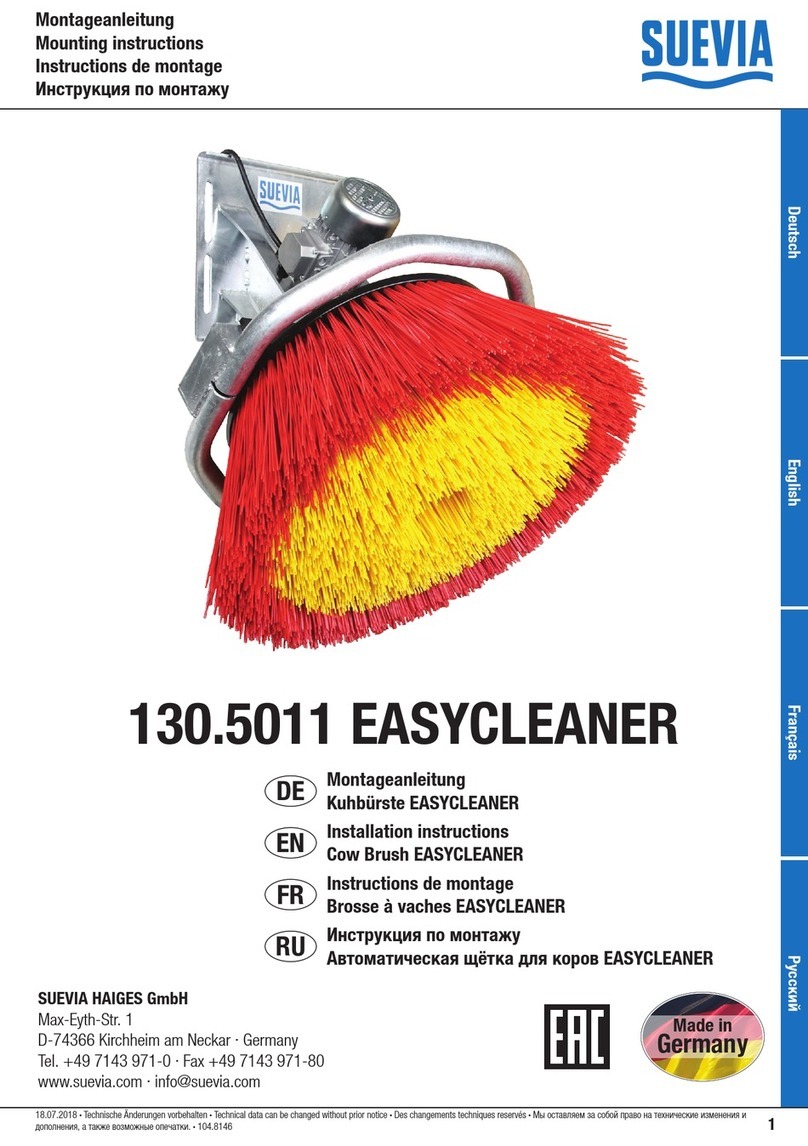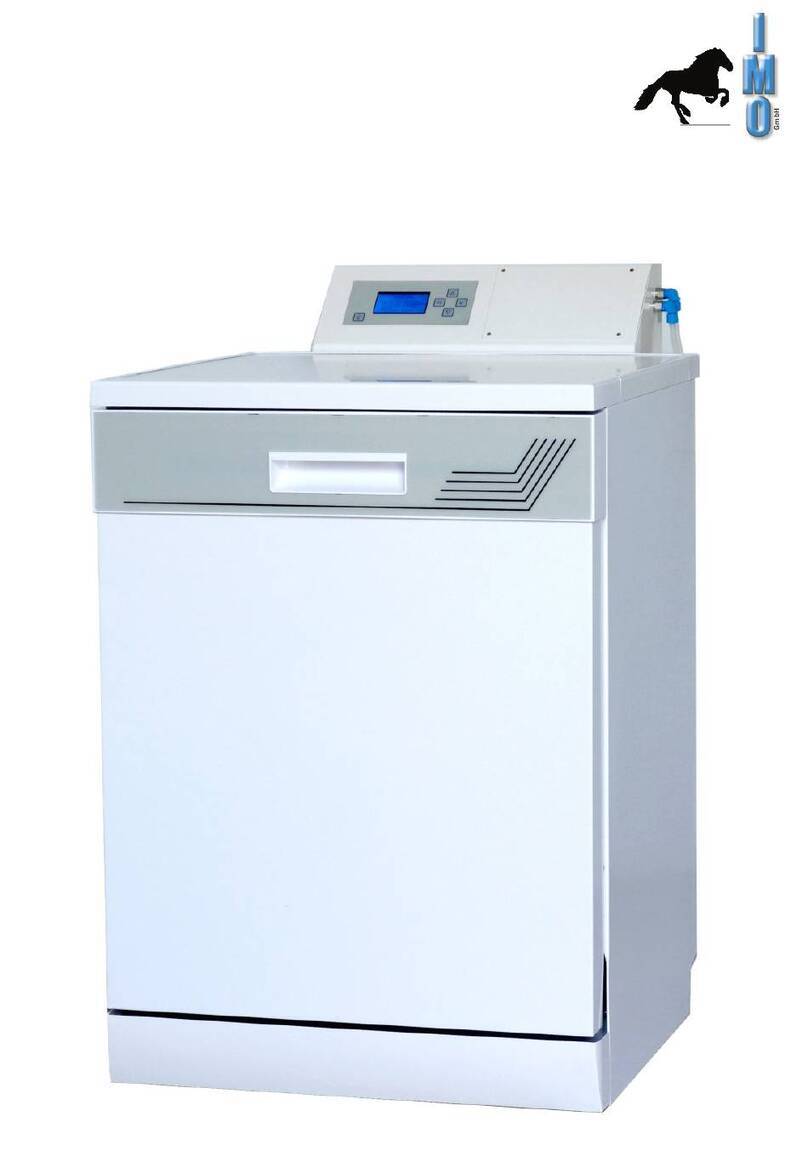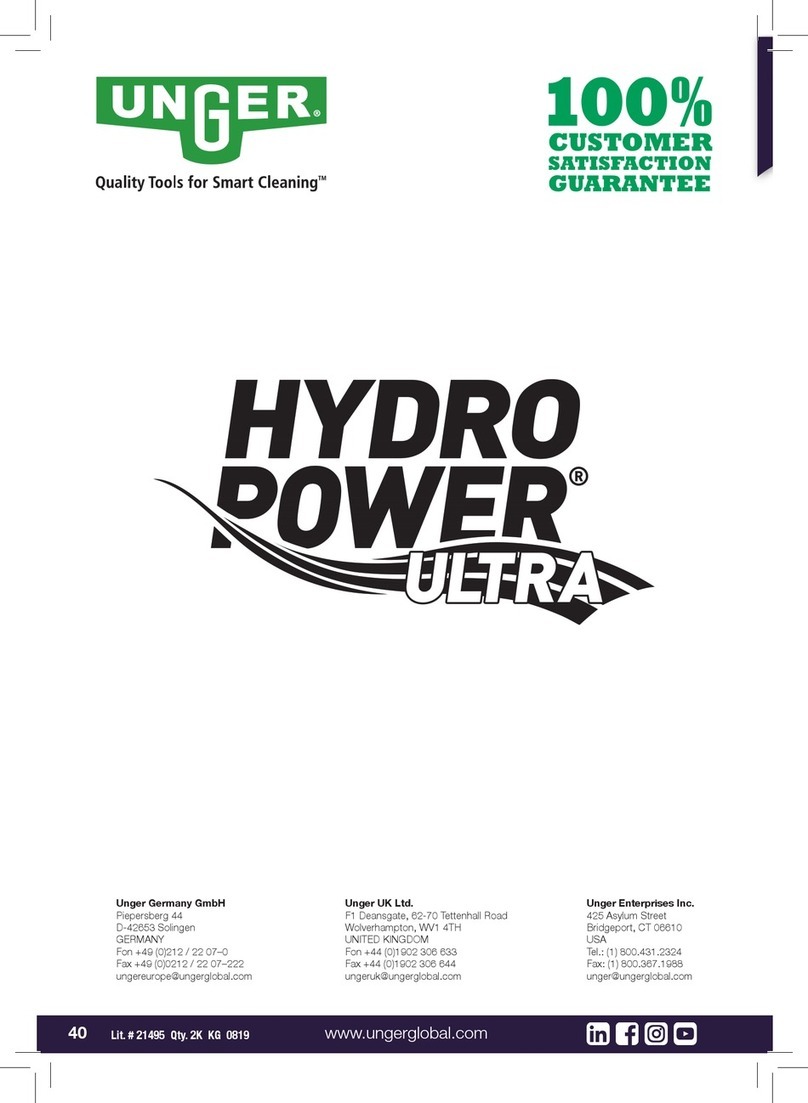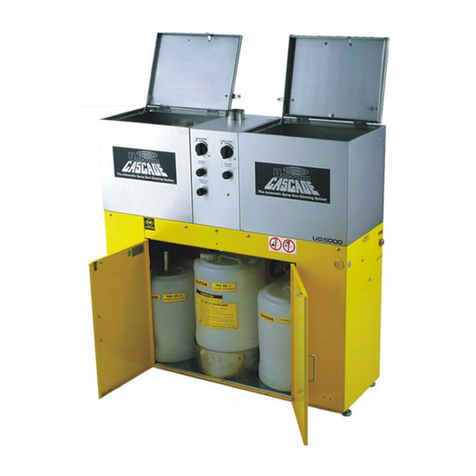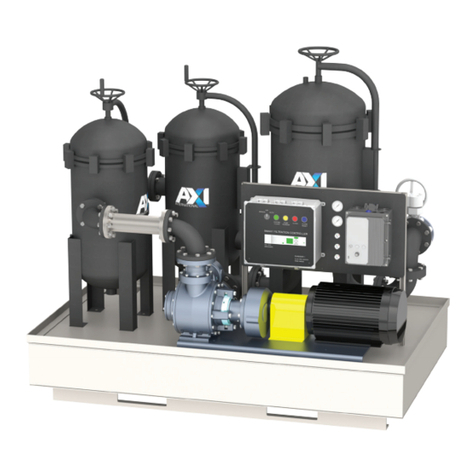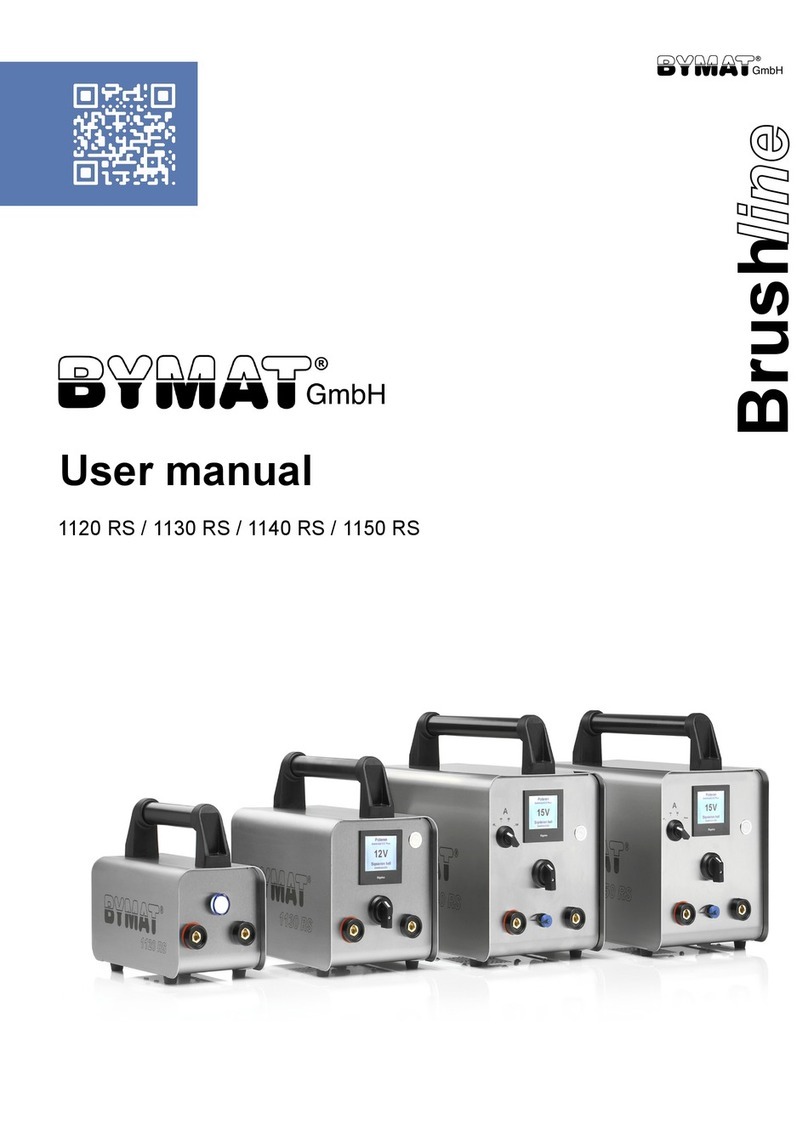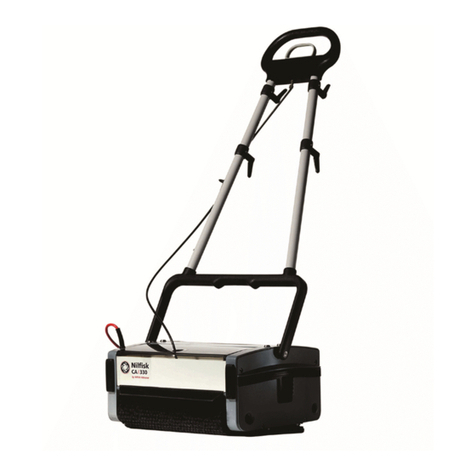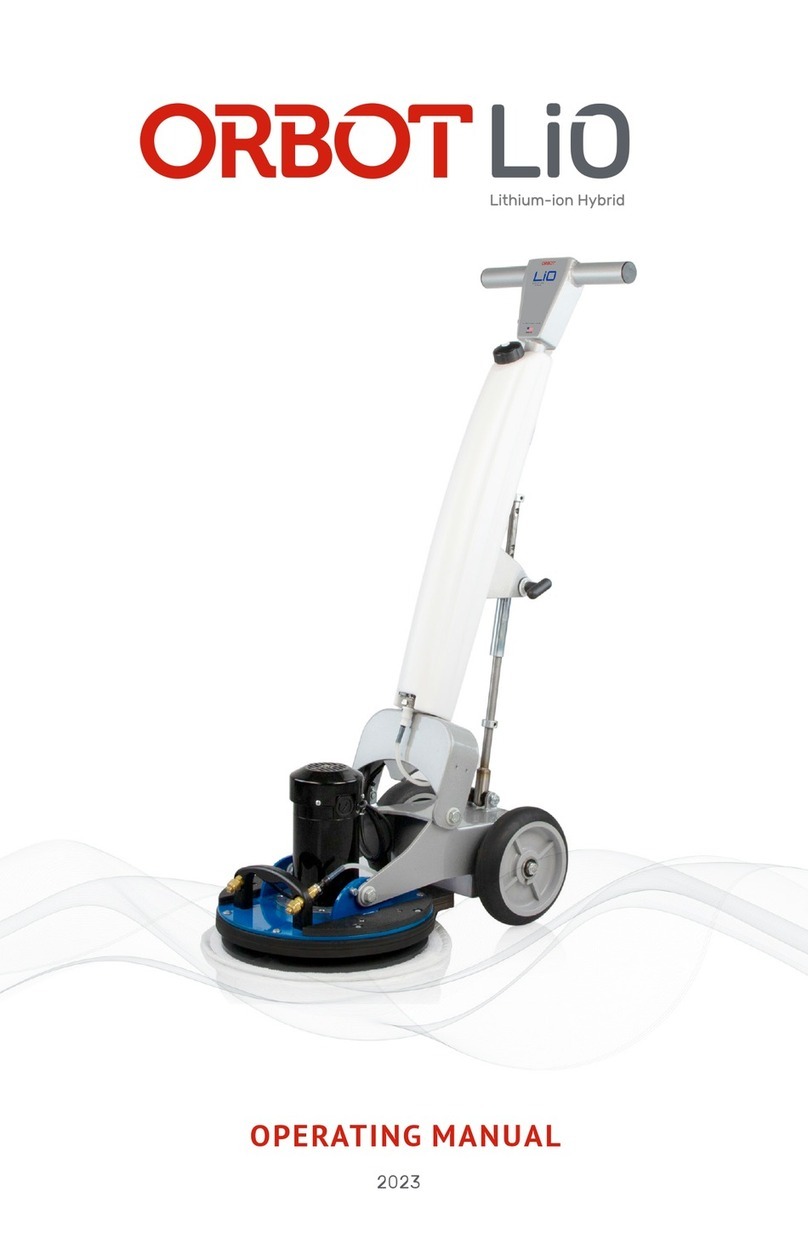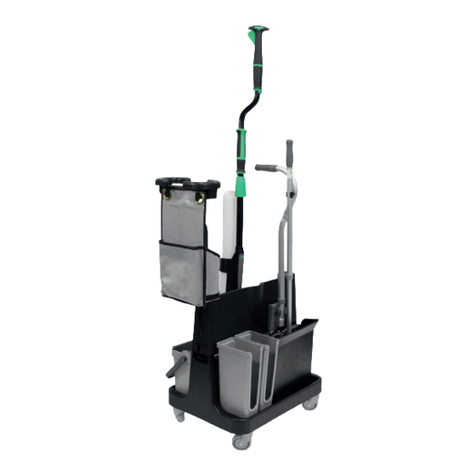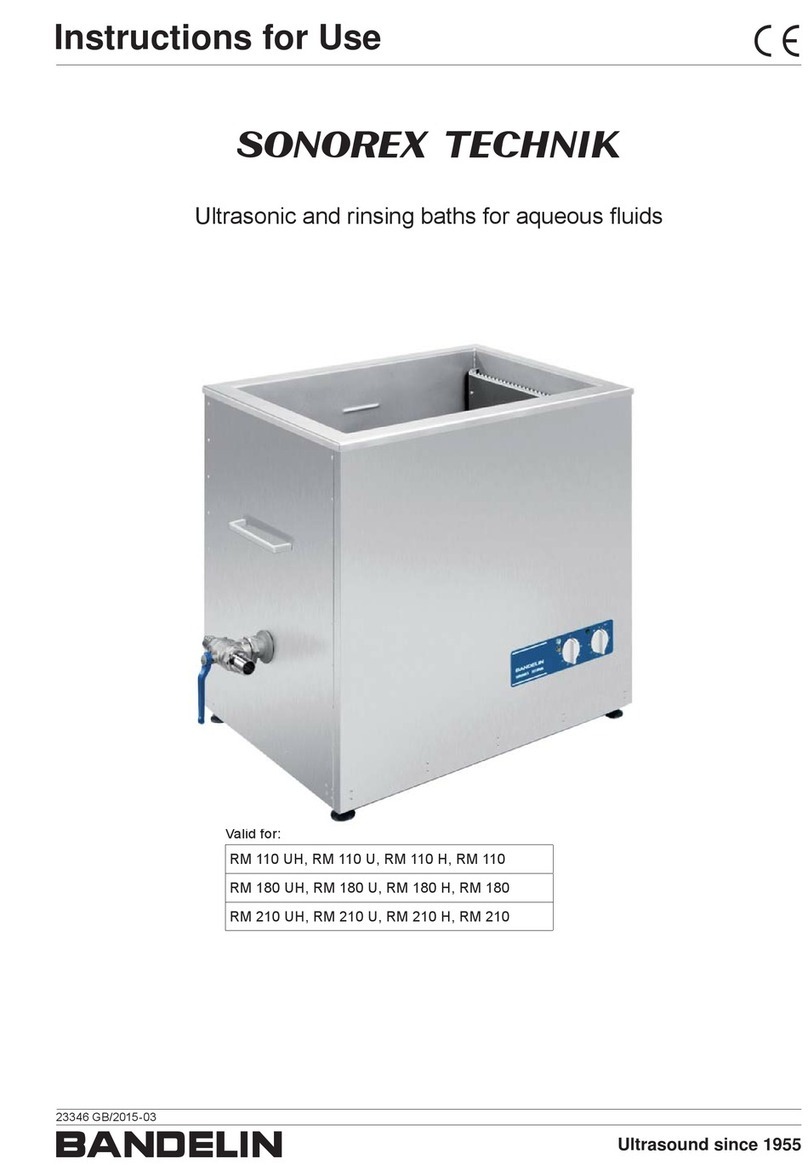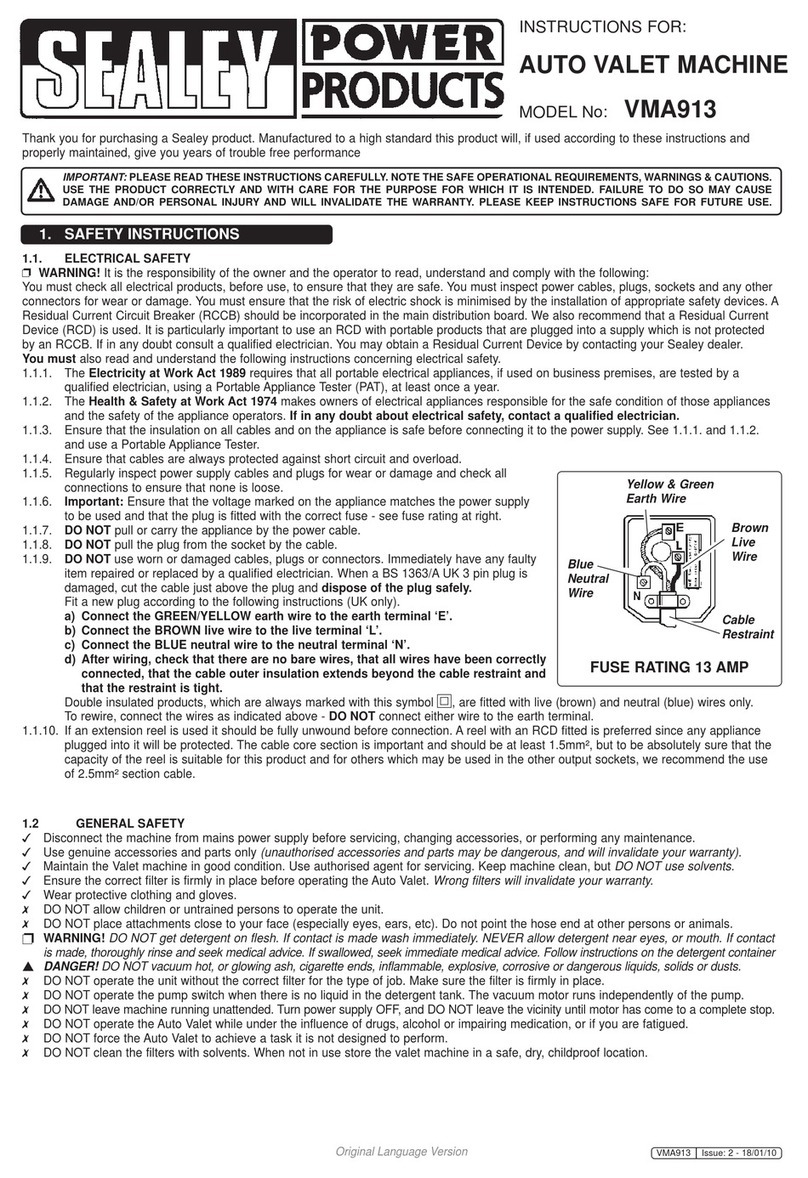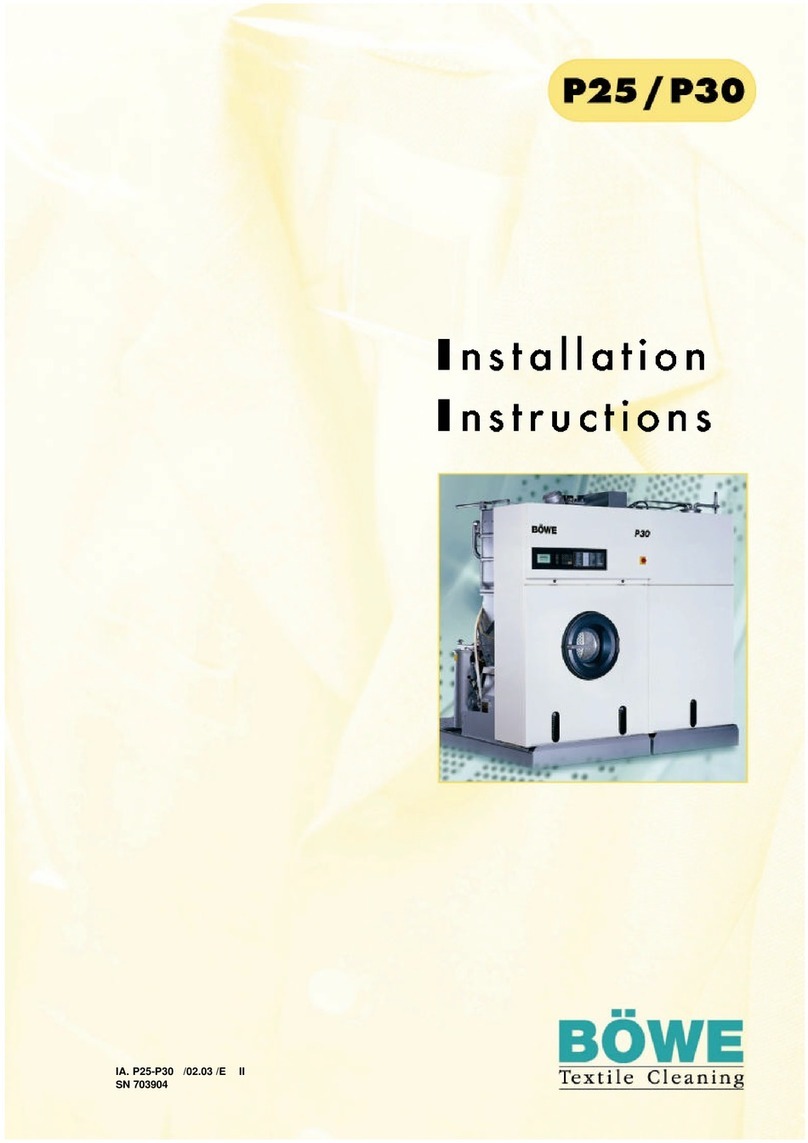
Tips for optimal cleaning
The BYMAT brushes are ideal for cleaning hard-to-reach areas. The short brush makes
it easier to get into sharp corners and around fine detail.
The longer brush is better for cleaning large areas.
To avoid short circuiting the machine, change the brush end before all the brush
fibers are depleted.
Working with chemicals can lead to hazards. It is required to wear an acid apron,
tightly fitting acid resistant goggles and gloves. It is also required to have sufficient
extraction/ventilation around the work piece or to wear a suitable respirator.
Please refer to the safety data sheets of the individual electrolytes.
Elektropolishing with the stamp
To polish stainless steel set the program to polish and select by pressing the control button.
For polishing with the stamp the digital display should show 26 Volts. You can adjust the voltage
by turning the control button accordingly.
Use a strip of the supplied polishing felt or professional polishing felt by attaching the strip to the carbon
stamp using the O-ring provided.
The felt strips will wear with prolonged use. To avoid short-circuiting the machine,
replace worn felt strips accordingly.
The stamp is connected using the accompanying black ground cable to the black connector of the machine.
The red-marked ground wire must be connected to the work piece via the ground clamp.
Decant a little of the corresponding electrolyte (Electrolyte C or Electrolyte C Plus for polishing) into the
wide neck receptacle provided and immerse the stamp. Slide the stamp over the area to be polished several
times until the desired finish is achieved.
Working with chemicals can lead to hazards. It is required to wear an acid apron,
tightly fitting acid resistant goggles and gloves. It is also required to have sufficient
extraction/ventilation around the work piece or to wear a suitable respirator.
Please refer to the safety data sheets of the individual electrolytes.
After prolonged operation, the brush may become too warm. If this occurs, cool it
in water bath, or use a second brush.
Electropolishing with the brush
To polish stainless steel set the program to polish (brush) and select by pressing the control button.
For polishing with the brush the digital display should show 4 - 12 Volts. You can adjust the
voltage by turning the control button accordingly.
Ensure the brush is fitted with a brush head in good condition.
The brush is connected using the accompanying black ground cable to the black connector of the
machine. The red-marked ground wire must be connected to the work piece via the ground clamp.
Deacant a little of the corresponding electrolyte (Electrolyte C or Electrolyte C Plus for polishing)
into the wide neck receptacle provided and immerse the brush. Brush over the area to be polished
several times until the desired finish is achieved.
Working with chemicals can lead to hazards. It is required to wear an acid apron, a
tightly fitting acid resistant goggles and gloves. It is also required to have sufficient
extraction/ventilation around the work piece or to wear a suitable respirator.
Please refer to the safety data sheets of the individual electrolytes.
After prolonged operation, the brush may become too warm. If this occurs, cool it in
water bath, or use a second stamp.
